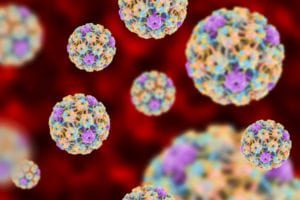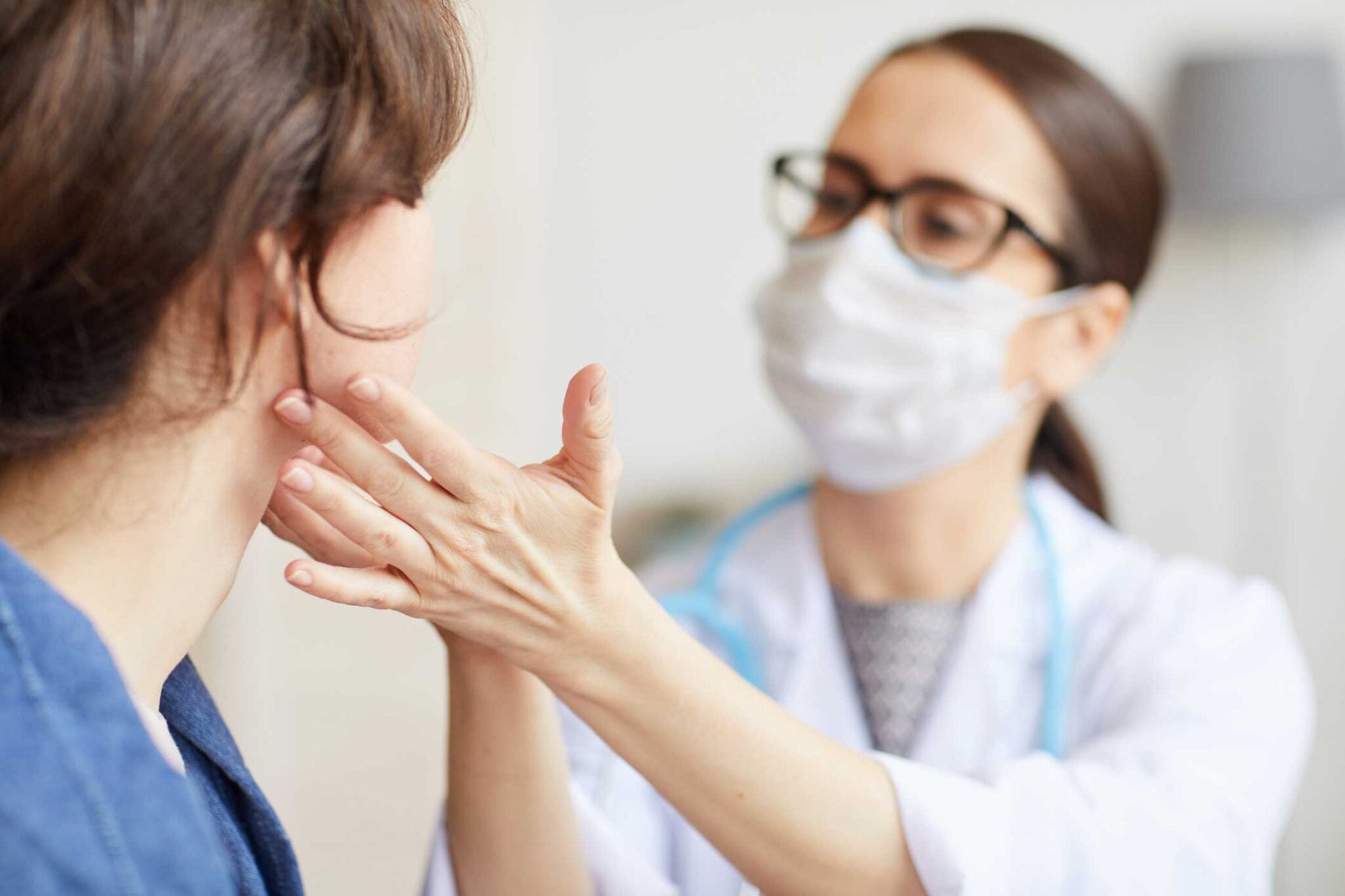 One of the leading risk factors for oropharyngeal and other oral cancers is human papilloma virus, or HPV. A risk factor is anything that increases a person’s likelihood of developing a disease. Some risk factors you can’t do anything about, like age and gender. Other times, you can reduce your risk by maintaining a healthy body weight, not smoking, eating healthy, and limiting alcohol intake.
One of the leading risk factors for oropharyngeal and other oral cancers is human papilloma virus, or HPV. A risk factor is anything that increases a person’s likelihood of developing a disease. Some risk factors you can’t do anything about, like age and gender. Other times, you can reduce your risk by maintaining a healthy body weight, not smoking, eating healthy, and limiting alcohol intake.
Some people who develop cancers related to the mouth don’t have any known risk factors, but there is a connection between oral cancer and HPV.
What Is HPV?
HPV is a group of viruses that invade cells in the skin and mucous membranes. Those membranes exist everywhere in the mouth, including the throat, tonsils, and tongue. They also line the vagina, cervix, penis, and anus. Some of the viruses cause growths commonly referred to as papillomas, or warts. Just because a person develops a papilloma does not mean they will get cancer.
HPV is spread by skin-to-skin contact, often during sexual activity. Infection can lead to cancer in different parts of the body. HPV16 is the type linked to oral cancer. Only a small number of individuals with mouth and throat HPV infections acquire oral cancer.
How to Avoid HPV
According to the CDC, 80 percent of all Americans develop an HPV infection during their lifetime. Almost all of them will have no negative consequences, and many will never even realize they were infected. HPV can be transmitted even when the infected person doesn’t have symptoms. Some individuals develop symptoms years later, so they don’t know where they got it or to how many people it has spread.
Lower your risk of HPV and the associated health problems by doing the following:
- Get the HPV vaccine – The CDC recommends two doses of HPV vaccine for all individuals starting at 11 or 12 years of age.
- Have routine cancer screenings if you have been infected.
- If you are sexually active, latex condoms can lower your chances of HPV transmission, but they aren’t always effective. Any time there is skin-to-skin contact, there’s risk.
- Avoid open-mouth kissing and other oral contact that can lead to infection.
Other Risk Factors for Oral Cancer
Tobacco use increases your risk of developing oral cancer. Smokers are much more likely than non-smokers to develop cancer of the larynx, mouth, and throat. Pipe smoking increases your chance of acquiring cancer of the lips. Chewing tobacco is linked to cheek and gum cancers. Heavy drinking also raises your chance of developing oral cancer.
If you have questions about your oral health, OMSNashville has answers. Schedule an appointment to speak with an expert today.
The information and content on our website should not be used as a substitute for medical treatment or advice from your doctor.









